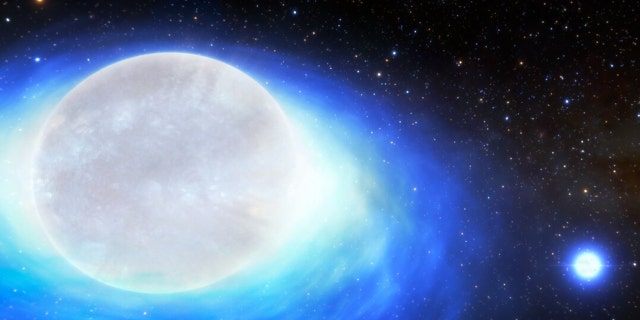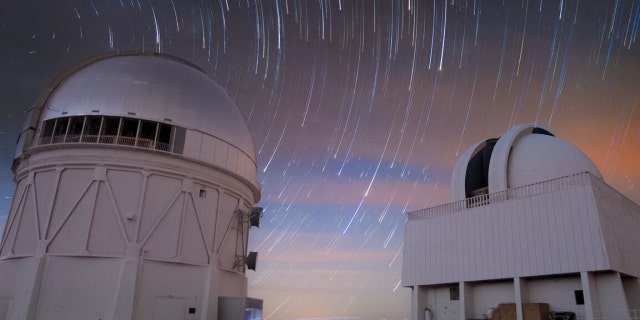The first confirmed discovery of a star system that will eventually merge to make a kilonova—an extremely strong explosion that produces gold—was made by astronomers at the National Science Foundation’s NOIRLab.
Researchers announced on Tuesday that they had discovered the first instance of a fantastically uncommon sort of binary star system using data from the SMARTS 1.5-meter Telescope at Cerro Tololo Inter-American Observatory in Chile. The results are presented in the Nature journal.

Only a few of systems like the one known as CPD-29 2176 are thought to exist in the Milky Way galaxy, where there are thought to be about 10 such systems.
About 11,400 light-years from Earth, CPD-29 2176 was discovered for the first time by N.A.S.A’s Neil Gehrels Swift Observatory.
Upon further observation with the telescope, the scientists were able to deduce the orbital characteristics and types of stars that make up this system: a neutron star that was created by an ultra-stripped supernova and a closely orbiting massive star that is in the process of becoming an ultra-stripped supernova itself.
An ultra-stripped supernova is the end-of-life explosion of a massive star that has had much of its outer atmosphere stripped away by a companion star.
An artist’s impression of the first confirmed detection of a star system that will one day form a kilonova – the ultra-powerful, gold-producing explosion created by merging neutron stars.

The current neutron star would have to form without ejecting its companion from the system. An ultra-stripped supernova is the best explanation for why these companion stars are in such a tight orbit,” the paper’s lead author, Noel Richardson of Embry-Riddle Aeronautical University, said in a statement. “To one day create a kilonova, the other star would also need to explode as an ultra-stripped supernova so the two neutron stars could eventually collide and merge.”

It will take at least a million years for the massive star to end its life as a titanic supernova explosion and leave behind a second neutron star. The authors said the stellar remnant and the pre-existing neutron star will need to draw together before merging and noted that the resulting kilonova explosion will produce much more powerful gravitational waves and leave behind a large amount of heavy elements, including silver and gold.
Julia Musto is a reporter for Fox News and Fox Business Digital.








